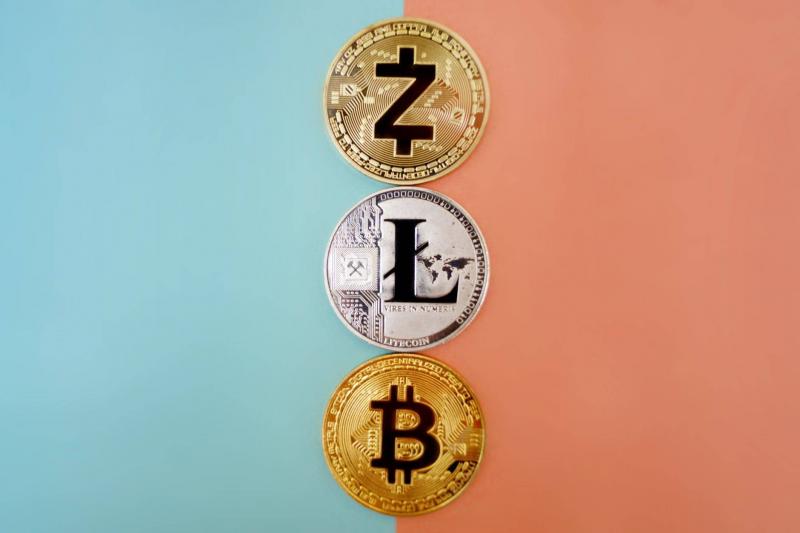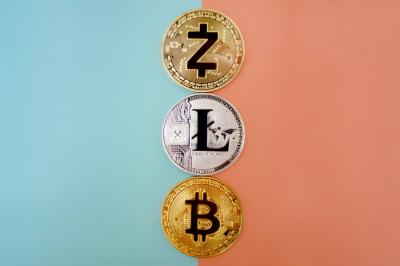U.S. regulatory bodies are worried about the hidden risks facing investors and even the financial system stemming from the rapidly growing segment of the cryptocurrency market intended to be resilient against volatility, focusing on what's known as stablecoins—cryptocurrencies with a fixed price, typically one dollar, backed by actual cash reserves. By the end of May, the total market capitalization of stablecoins, including those offered by cryptocurrency companies like Tether and Centre, surpassed $100 billion.
However, in recent weeks, lawmakers and officials from the Federal Reserve and the administration have expressed concerns both privately and publicly that some consumers may not be adequately protected if any company fails to provide the support it claims. They also indicate that the increasing volume of stablecoins has created a situation where vast amounts of dollar-equivalent coins are exchanged without touching the U.S. banking system, potentially obscuring regulators from illegal financing.
During testimony before a Senate banking subcommittee last week, Lev Menand, an academic fellow at Columbia Law School, stated, “They pose risks to their users and to the broader financial system if they continue to grow.” In recent weeks, administration officials have conveyed their concerns to representatives of stablecoin issuers, indicating that consumers may not realize that funds held in a stablecoin are not protected by the Federal Deposit Insurance Corporation (FDIC) and could, in some cases, lose their money in these stablecoins, as reported by a source familiar with the private discussions.
The source added that officials are also concerned that criminals could use stablecoins to transfer funds without needing to engage with any banks, enabling them to avoid safeguards aimed at curbing money laundering and other illicit activities. During her remarks at a Senate banking subcommittee hearing last week, Democratic Senator Elizabeth Warren from Massachusetts compared stablecoins to “unbacked banknotes” issued by poorly capitalized banks in the 19th century, which later caused significant losses for many of their owners. She explained that if the Federal Reserve were to issue its own digital currency, consumers could reap the benefits of stablecoins without facing such risks.
### Official Digital Currencies
The U.S. and other countries are already considering launching their own digital currencies. These currencies, known as Central Bank Digital Currencies (CBDCs), would directly compete with stablecoins. Later this year, the Federal Reserve Bank of Boston plans to release research and open-source code demonstrating the technology that could support a digital dollar. Federal Reserve Chair Jerome Powell has indicated that lawmakers will likely need to support the project for it to move forward, a process that might take years.
In a statement issued last month regarding the Federal Reserve's progress in researching a digital currency, Powell noted that stablecoins could pose risks to the financial system, saying, “As the use of stablecoins increases, we must pay attention to the appropriate regulatory and supervisory framework.” Days after Powell’s statement, Federal Reserve Governor Lael Brainard issued a special warning in a speech, stating that the expanded use of stablecoins could lead to the fragmentation of the financial system, resulting in increased costs for American households and businesses.
### Erosion of Trust
In this regard, Brainard and other Federal Reserve officials cautioned that if privately issued stablecoins became widely adopted and consumers lost confidence in them, this could trigger a panic reminiscent of “bank runs,” threatening financial stability. Similar to the explosion of cryptocurrency trading, the same holds true for the use of stablecoins; currently, investors mainly use stablecoins as a place to deposit funds in cryptocurrency exchanges without needing to transfer money to their bank accounts. The largest stablecoin so far, with a market capitalization of $62.6 billion, is Tether, which was established in Hong Kong. Meanwhile, the market cap of the U.S. Dollar Coin (USDC) stands at $23.8 billion, created by Centre Consortium, a partnership between cryptocurrency payment company Circle Internet Financial Inc. and Coinbase Global Inc.
In fact, early disputes surrounding stablecoins revolved around Tether International Ltd., which originally claimed its coins were fully backed by cash. In February, New York's Attorney General stated that the company had not held the cash it claimed to for years, ultimately preventing Tether from trading with New York residents. The company now states that Tether is backed not only by cash but also by assets including commercial paper, corporate bonds, and precious metals; Centre Consortium asserts that each USDC is backed by a dollar held in a bank account.
### Transparency and Regulation
Commenting on the matter, Stuart Hoegner, general counsel for Tether, stated: "Tether embraces transparency and regulation," noting that the company is registered as a financial services firm with the Treasury Department. He added that Tether currently does not accept U.S. customers and has conducted audits of Tether’s reserves in recent years, stating: "We continue to seek ways to regulate globally and keep an eye on the regulations of many countries."
Centre did not respond to a request for comment. Aside from continuing efforts on a potential central bank digital currency and increasing disclosure requirements for stablecoin companies to consumers, it remains unclear what regulators might do to slow the rapid growth of stablecoins. Timothy Massad, the former chairman of the Commodity Futures Trading Commission, opined in a May op-ed that the Securities and Exchange Commission could regulate stablecoins similarly to money market funds, which are not insured by the FDIC and faced pressures during the 2008 financial crisis.
### Banking Charter
Notably, a bill introduced in Congress last year would require stablecoin issuers to have a banking charter and obtain approval from the Federal Reserve, among other agencies, although the likelihood of it becoming law is slim. In this regard, Josh Lipsky, director of the GeoEconomics Center at the Atlantic Council, noted that an urgent way in which some stablecoins might face scrutiny is from law enforcement agencies, as was the case with New York's Attorney General, who could pursue issuers for misleading consumers. Lipsky added that stablecoin issuers could ultimately work alongside international government projects to issue their own digital currencies, although the U.S. and others will need to establish regulations to ensure consumer protections. In this context, Lipsky believes the way these stablecoins are marketed indicates that you are getting a dollar in exchange, although stablecoins are not always that stable.




